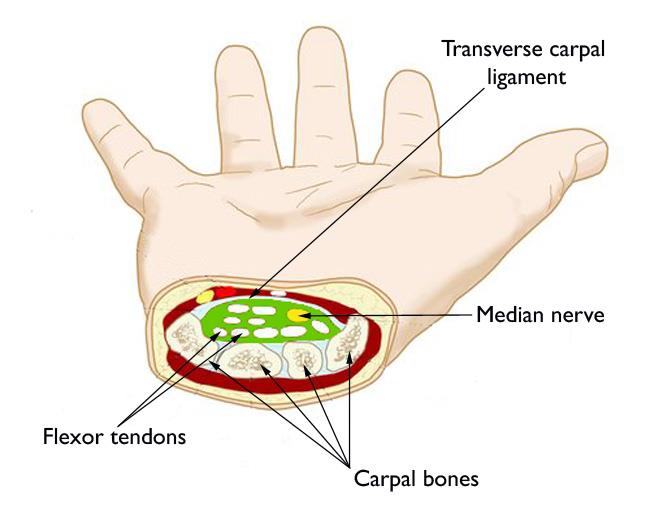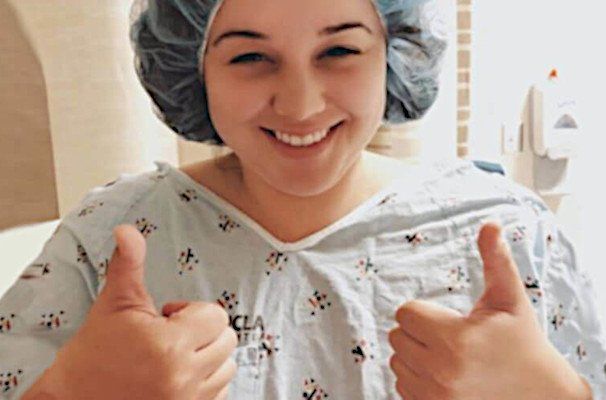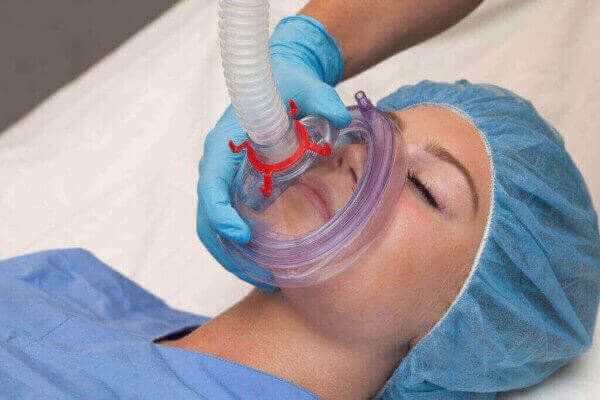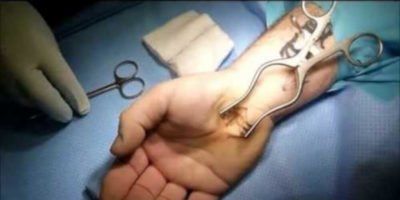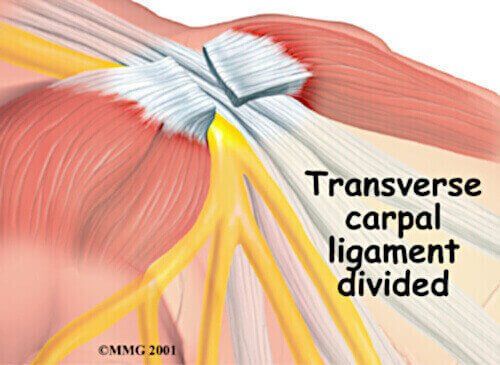About Open Carpal Tunnel Release Surgery
Below are the
5 Phases of open carpal tunnel surgery. You will go through all of them when you have this operation. If everything goes well, the surgery will relieve the
severe hand or finger
pain,
numbness, tingling or
weakness you have. And while this surgery is not a
guarantee
of relief, most surgeons recommend it for
carpal tunnel symptoms when all other nonsurgical alternatives failed.
Reason you have open carpal tunnel surgery
The
American Academy of Orthopedic Surgeons sets the patient qualification guidelines for this type of hand surgery. They say that doctors should perform open carpal tunnel surgery only when the patient meets 3 criteria. They are:
- Symptoms are at least 6 months old.
- The patient's symptoms interfere significantly with their daily life.
- The patient already tried ALL nonsurgical alternatives without success.
The
aim of open carpal tunnel surgery is to relieve pressure on your
median nerve. This is one of the main nerves of the hand that carries sensations (like touch, pressure, pain, etc.).
The nerve is located deep inside your wrist joint. It lies very close to the
flexor tendons which flex (curl) your fingers. These structures are adjacent to each other in a confined space called the
carpal tunnel
(hence the name of the disorder).
When you have carpal tunnel syndrome, the nerve is under great pressure. That's because
swollen tendons push on it and compress it.
It's that nerve compression which causes all of the symptoms like pain, numbness, tingling, weakness, etc.
The tendons are swollen due to inflammation.
And the inflammation is a result of
adhesions
around the tendons. These adhesions stiffen the tendons, making them less supple.
Open carpal tunnel surgery relieves pressure by cutting the
transverse carpal ligament. The ligament is like a roof over the carpal tunnel space. Actually the ligament is a tough band of tissue which holds the wrist bones tightly together. (Imagine the wooden part of an archery bow which represents the bones, and the string represents the ligament.)
Cutting the ligament allows the wrist bones to snap apart. (Like cutting the string on the bow.) As a result, the carpal tunnel space opens up and the nerve decompresses. That, then relieves the symptoms of carpal tunnel syndrome.
The exact procedure for open carpal tunnel surgery
Generally, when you have open carpal tunnel surgery, you do not need to stay overnight in the hospital. Also, doctors prefer to use a
regional anesthesia (or nerve block). However, many still prefer using general
anesthesia. Either way, you can go home on the same day unless
complications arise.
Just before the operation
In the operating room
Exposing the ligament
Cutting the ligament
Completing the operation
After open carpal tunnel surgery
After surgery an orderly will wheel you to the recovery room. Your immediate
carpal tunnel recovery can take a couple of hours. With general anesthesia, you wake up within 15 minutes.
The pain medicines will be in full effect, so your hand may only feel sore. If you had only a regional anesthesia, it may take several hours before the feeling comes back into your hand. It will be uncomfortable, but you will have medicines to manage the pain.
Take special care not to bump or knock against the wound area. It’s important to keep your hand elevated above your heart level to prevent swelling and pain. You also must move your fingers a little to help prevent stiffness.
Within a couple hours, the doctor clears you for discharge. You’ll need somebody to drive you home. Your doctor will give you
instructions for aftercare at home.
Conclusion
The aim of open carpal tunnel surgery is to expose the transverse carpal ligament. This tissue holds your wrist bones together. The doctor cuts the ligament, letting the wrist bones snap apart. In doing so, it relieves pressure on your median nerve. As a result, and if all goes well, it relieves the pain, numbness and tingling of carpal tunnel syndrome.


